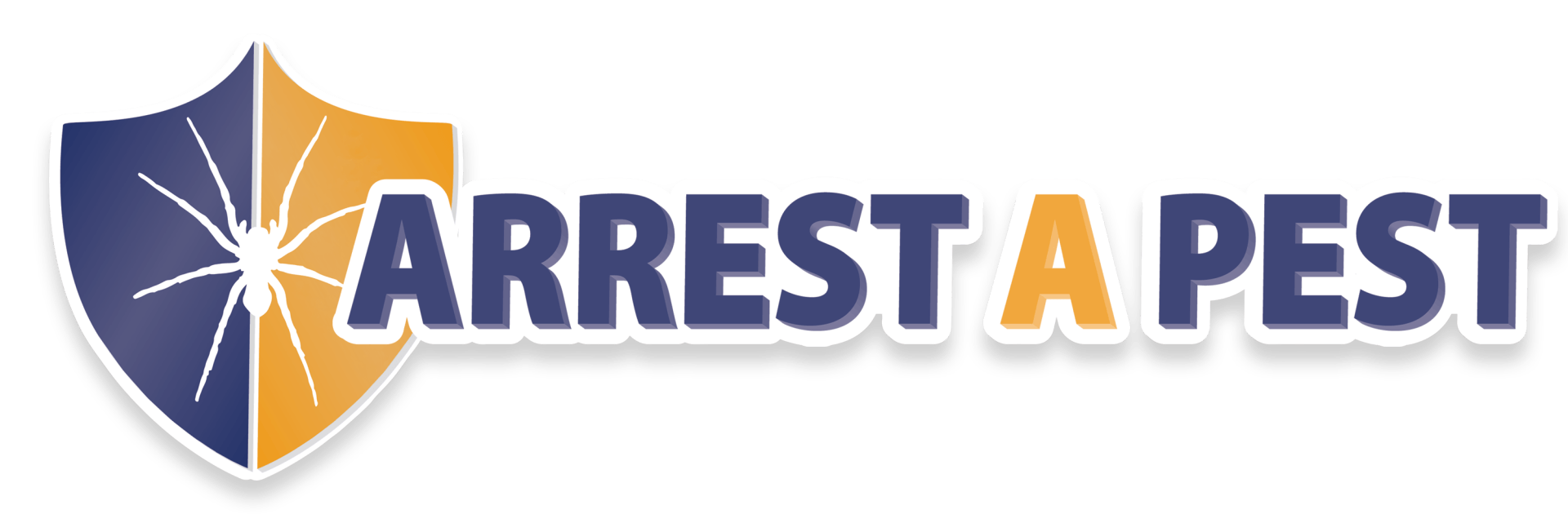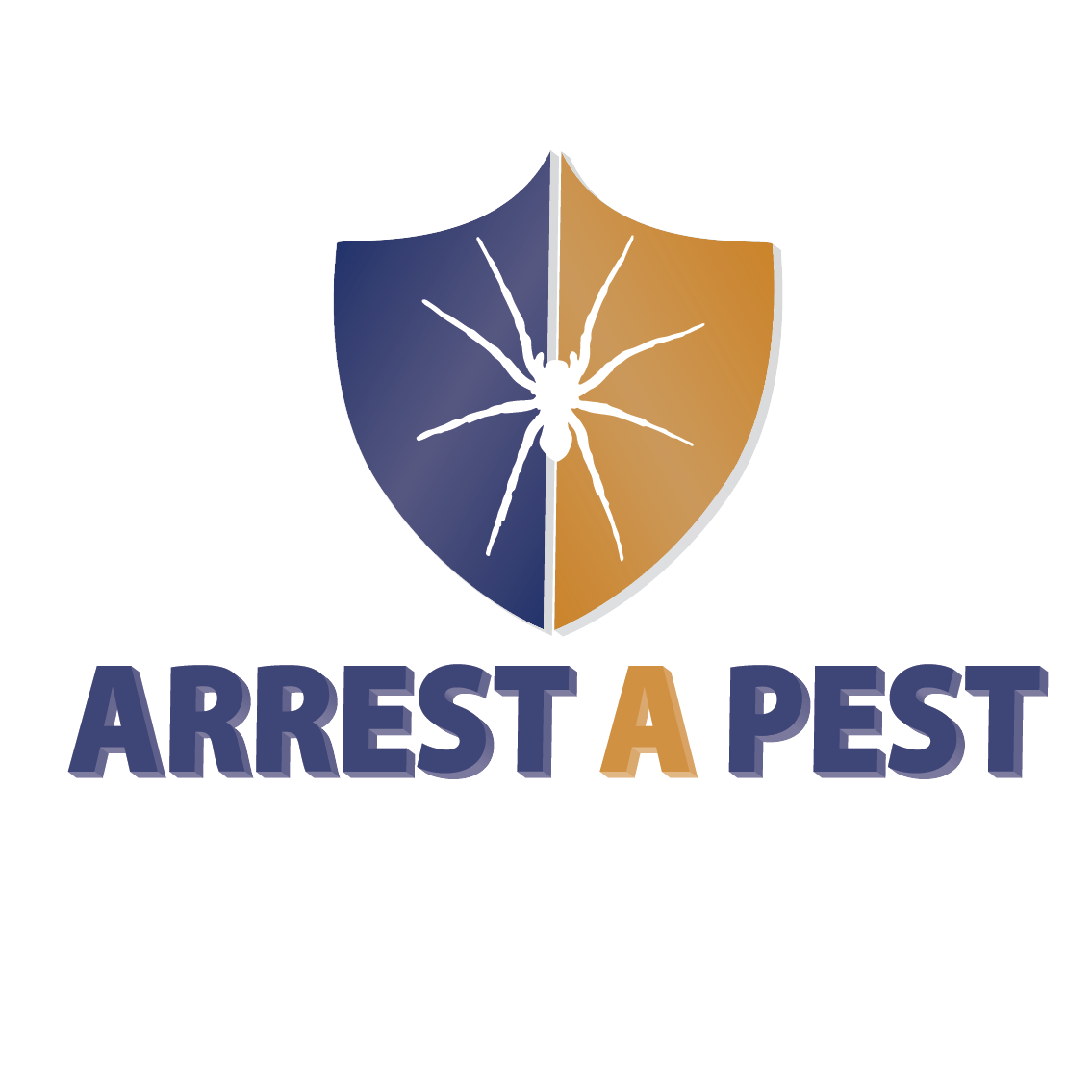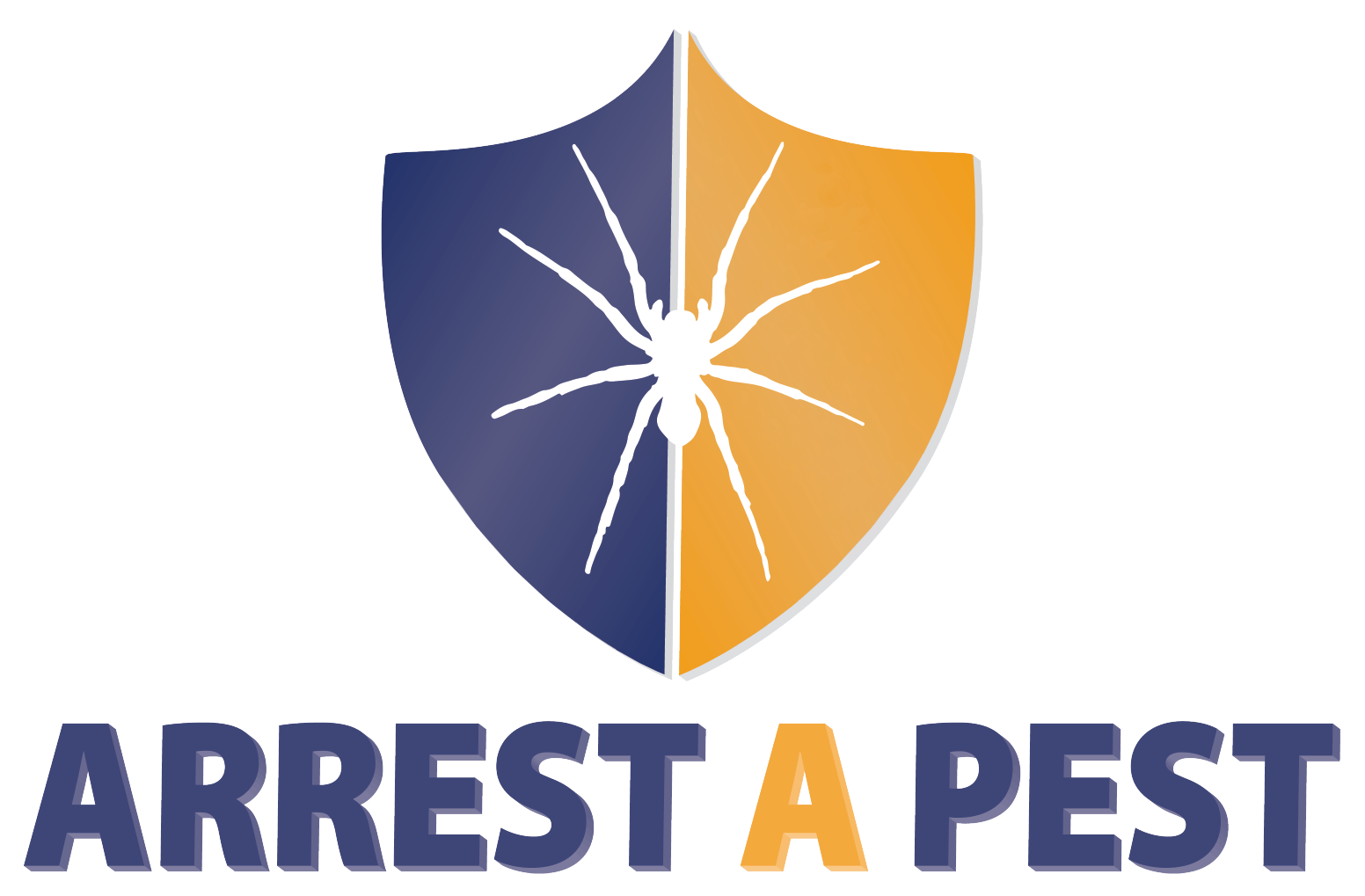Termites in Wichita
Subterranean Termites
Are there termites in Wichita KS?
About
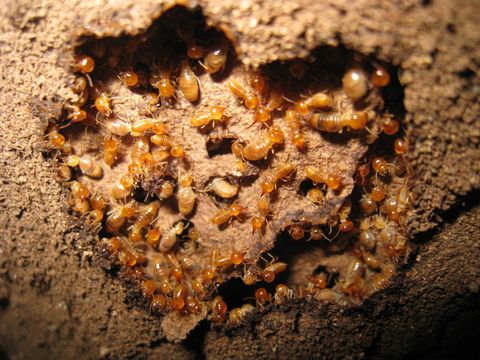
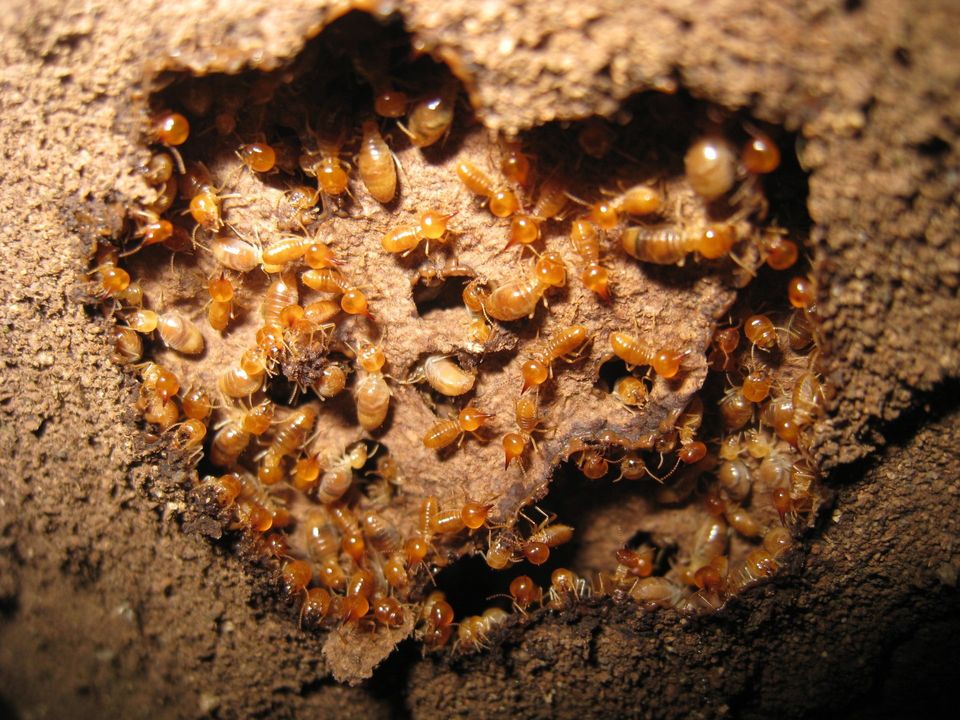
Termite Frequently Asked Questions
- Do I have flying ants or termites?
They may or may not be ants. If they are termites, they are ‘Alates’ that have been assisting the queen in egg production. Once a colony reaches “Maturity” (approximately five million termites) the ‘Alates’ will leave the colony as a King & a Queen to begin their own happy little family.
BUT they may also be an ant. Most ants also “swarm” just like the termites. A trained technician can quickly determine if you have an ant or termite.
- How will I know the difference between an ant and a termite?
You can tell the difference by simple biology, there are three very distinct structural differences: The ant will have three body segments - head, abdomen, and thorax. The termite will only have two, head and thorax. The antenna on the ant will have a small elbow, but the termite’s antenna will be straight.
And finally, both have two pair of wings - the ant’s pair are different lengths, the termite’s pair are the same length. The wings of the termite swarmer will be approximately twice the length of the termite body. The ant swarmer will have wings about the same length as the ant.
If you come home from work and find your home full of flying insects it is best to call a professional pest control company to inspect the problem. Even if it’s an ant infestation, carpenter ants can cause as much damage to a structure as termites, just not as quickly.
AAP Tech Tip:
"Curtain inspections are a must. They are easy to climb, usually close to the beds and couches, and have a lot of seams and folds. Sometimes I will inspect them twice, especially the area that the rods go through. Bed bugs love that area"
- I’ve had my home treated for termites in the past, do I have reason for concern?
How many years has it been since the treatment? Some chemicals will only last five to six years before they break down and no longer provide protection.
The type of soil around your home will make a difference as to the chemicals longevity. For example, a clay loam soil will hold chemical longer than a sandy soil, soil particles are small and bind better to a clay soil than they will to a sandy soil which has larger particles allowing faster leaching.
All chemical applications are subject to soil moisture from nature; but excessive watering and high moisture levels will speed up leaching. If you have flower beds next to the home, when you turn the soil for new plants each year, the parts per million are reduced — weakening the chemical.
Also, construction, drainage repair, landscaping, and other modifications to a home can disturb or break an existing barrier.
The prudent thing to do is have your home inspected once per year to insure that the termites have not moved back in and taken up residence again.
Arrest A Pest offers basic termite inspections free to those who are concerned about protecting their homes against termites.
- I have termites, can’t I just treat for them myself?
You could, as some retailers offer products labeled for termite control. Keep in mind that not all products have the same active ingredients, concentrations, and formulations. Termite control products available to homeowners are not the same termite products available to pest control professionals. Training of termite control methods and chemicals, the knowledge of where to place those products, their longevity, and the equipment to do it properly and safely, are all factors that help Arrest A Pest provide you with effective termite control.
- I have termites, what kind of treatment should I get?
That solely depends upon your needs and concerns. There are several different options available today, termite baiting and liquid chemical treatments are the most common.
Some key factors in deciding what termite control method to use are:
1. Location of termites
2. Site (area around structure)
3. Ground water and wells
4. Construction type
5. Previous control efforts
6. Cost of treatment
7. Level of termite infestation
These factors and others should be considered before selecting a termite treatment. One of the termite pros at Arrest A Pest would be happy to answer your questions.
FAQ's
- Do I have flying ants or termites?
They may or may not be ants. If they are termites, they are ‘Alates’ that have been assisting the queen in egg production. Once a colony reaches “Maturity” (approximately five million termites) the ‘Alates’ will leave the colony as a King & a Queen to begin their own happy little family.
BUT they may also be an ant. Most ants also “swarm” just like the termites. A trained technician can quickly determine if you have an ant or termite.
- How will I know the difference between an ant and a termite?
You can tell the difference by simple biology, there are three very distinct structural differences: The ant will have three body segments - head, abdomen, and thorax. The termite will only have two, head and thorax. The antenna on the ant will have a small elbow, but the termite’s antenna will be straight.
And finally, both have two pair of wings - the ant’s pair are different lengths, the termite’s pair are the same length. The wings of the termite swarmer will be approximately twice the length of the termite body. The ant swarmer will have wings about the same length as the ant.
If you come home from work and find your home full of flying insects it is best to call a professional pest control company to inspect the problem. Even if it’s an ant infestation, carpenter ants can cause as much damage to a structure as termites, just not as quickly.
AAP Tech Tip:
"Curtain inspections are a must. They are easy to climb, usually close to the beds and couches, and have a lot of seams and folds. Sometimes I will inspect them twice, especially the area that the rods go through. Bed bugs love that area"
- I’ve had my home treated for termites in the past, do I have reason for concern?
How many years has it been since the treatment? Some chemicals will only last five to six years before they break down and no longer provide protection.
The type of soil around your home will make a difference as to the chemicals longevity. For example, a clay loam soil will hold chemical longer than a sandy soil, soil particles are small and bind better to a clay soil than they will to a sandy soil which has larger particles allowing faster leaching.
All chemical applications are subject to soil moisture from nature; but excessive watering and high moisture levels will speed up leaching. If you have flower beds next to the home, when you turn the soil for new plants each year, the parts per million are reduced — weakening the chemical.
Also, construction, drainage repair, landscaping, and other modifications to a home can disturb or break an existing barrier.
The prudent thing to do is have your home inspected once per year to insure that the termites have not moved back in and taken up residence again.
Arrest A Pest offers basic termite inspections free to those who are concerned about protecting their homes against termites.
- I have termites, can’t I just treat for them myself?
You could, as some retailers offer products labeled for termite control. Keep in mind that not all products have the same active ingredients, concentrations, and formulations. Termite control products available to homeowners are not the same termite products available to pest control professionals. Training of termite control methods and chemicals, the knowledge of where to place those products, their longevity, and the equipment to do it properly and safely, are all factors that help Arrest A Pest provide you with effective termite control.
- I have termites, what kind of treatment should I get?
That solely depends upon your needs and concerns. There are several different options available today, termite baiting and liquid chemical treatments are the most common.
Some key factors in deciding what termite control method to use are:
1. Location of termites
2. Site (area around structure)
3. Ground water and wells
4. Construction type
5. Previous control efforts
6. Cost of treatment
7. Level of termite infestation
These factors and others should be considered before selecting a termite treatment. One of the termite pros at Arrest A Pest would be happy to answer your questions.
Click on the links below to visit some of our industry partners
PHONE
